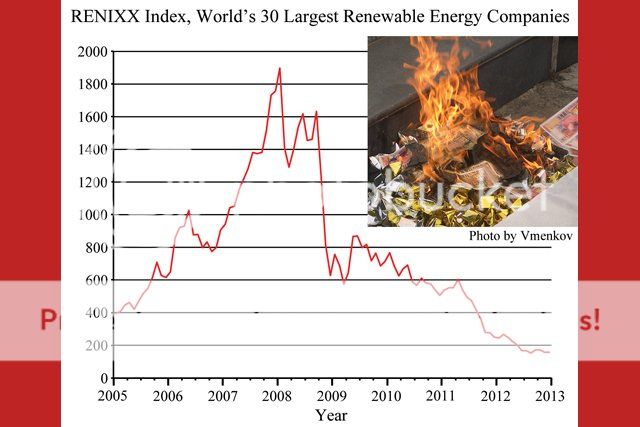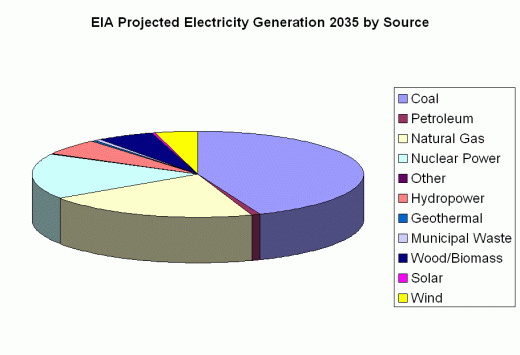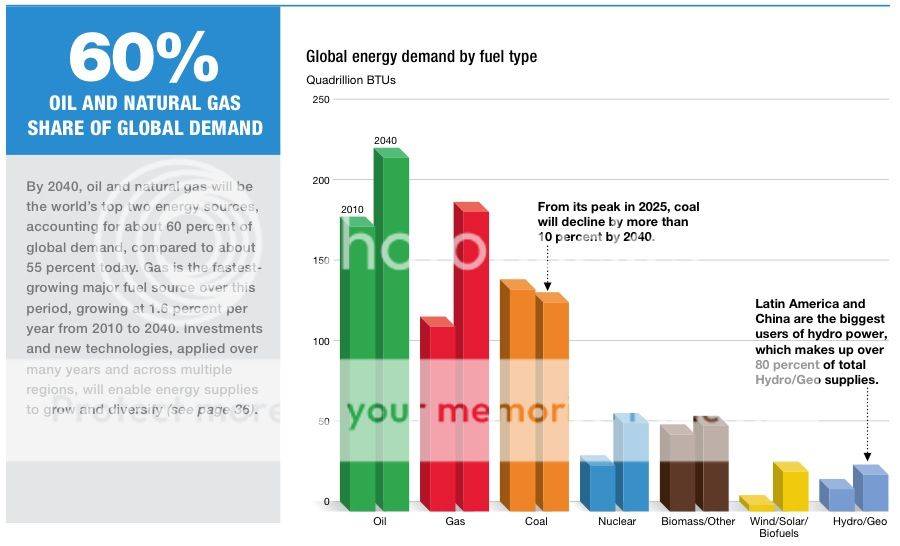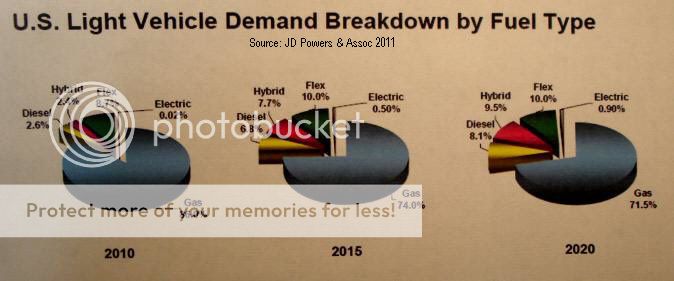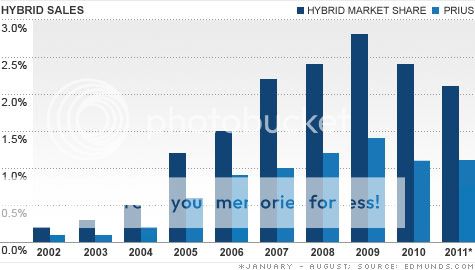Old Rocks
Diamond Member
It`s not good enough to claim "wider and wilder" or "more severe". Hard science does not work that way and unless You quantify "wider and wilder" it`s not hard science.OK. Then let's just stick with the "wider and wilder swings in weather, with an overall warming". It was a good prediciton 13 years ago, and still is getting it's validity confirmed on nearly a weekly basis now.
again:
Simply stating "extreme" is a qualitative assertion which evades doing the math to show the quantity.
And when You do the math the vapor pressure curve for H2O applies to an air mass the same as it does to water in a psychrometric vapor pressure instrument. Dry air expands or shrinks only by 1/273 rd. per degree delta K and with a 100% water vapor saturation pressure it shrinks by the partial pressure component %.age of the total pressure carried by the water vapor.
2.27 % at 20C and at a "temperature anomaly" of 21 C it`s only increased by 0.2%
"Extreme storms" are not caused while water evaporates, they happen when the evaporated water/ air mixture is rapidly cooled.
And to evaporate water quicker raising the "average temperature" by only 1 C does not have anywhere near the effect an increased airflow has.
You can try that out the next time You do Your laundry. Plug up the lint screen and observe how the safety thermostat cuts the power because the drum overheats,...but the clothes are just as wet as before.
The same laws are at play for wind speed over a large body of water or moist terrain. Just "warmer" by itself and only by 1C has no more than 0.2 % impact at standard pressure and temperature.
And again I pose the question, how do you link CO2 to "more extreme" weather events which are only possible if moisture rapidly condenses due to an increased rate of cooling, while CO2 is said to decrease the rate of cooling.
It`s easy to insist that somebody predicted "more extreme weather events" 13 years ago when "more extreme" is a matter of interpretation instead of a mathematical quantity.
Have you noticed that "fortune telling" a.k.a. "cold reading" also works like that? Add to that how many people recall only the predictions that suit their beliefs. It is human nature to forget all the other ones that turned out to be false. I was under the impression that computer "climate models" had to be improved over what was in use 13 years ago. If their predictions were so "right" then there would have been no need to revise them.
Here is that link, for a Phd meteorologist;
[ame=http://www.youtube.com/watch?v=RtRvcXUIyZg]Weather and Climate Summit - Day 5, Jennifer Francis - YouTube[/ame]


